How to Ensure Good Communication with Your Home Renovation Company
Topic:
Home Renovation
Frustration. Anxiety. Confusion. These are the words that many homeowners unfortunately associate with home renovation projects because they’ve worked with a home remodeling contractor with poor communication skills. The builder’s inability (or, in some cases, unwillingness) to communicate clearly and concisely often results in the homeowner being unsure if the contractor is listening to what they’re saying, what they’re actually getting for the money, and how long the project will really take. Clearly, this is not a recipe for success.
The solution, of course, is timely, accurate, and clear communications between the homeowner and the builder. And it starts with a written understanding of what the project involves, what materials and products are included, how much it will all cost, and when it will be completed. It should be noted, however, that poor communication is not always entirely the contractor’s fault. Sometimes the homeowner bears some of the burden. Good communication is a two-way street.
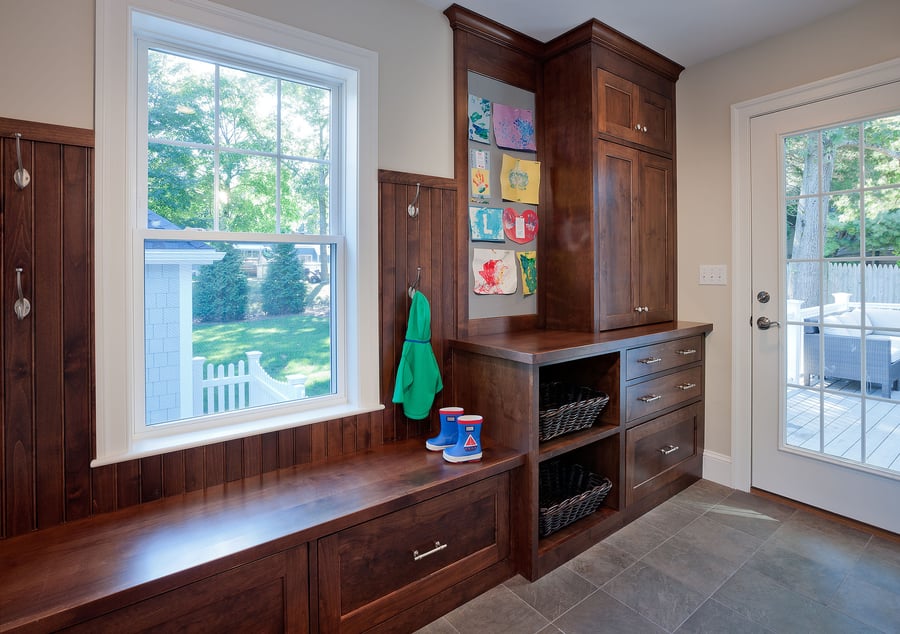
The role the homeowner plays in good communication
To make sure their home renovation project gets off on the right foot, it’s important for the homeowner to prioritize elements of their project – what absolutely must be done first, what can wait a little bit, and what can be tossed if necessary. In every communication, it’s vital to be as detailed and clear as possible. As the homeowner, you cannot assume your contractor understands clearly what you’re requesting if you don’t spell it out. This is not the time or place to be wishy-washy or vague about things.
If you’ve had a problem in the past with another builder, be sure to mention it. Don’t be shy. Tell your new builder exactly what the problem was so they can be sure not to repeat it. No one wants to create issues that can be easily avoided.
Here’s a list of some important things you should tell your contractor at the start of your project:
- The limit of your budget for the project you’ve discussed
- Work, family, and vacation schedules so they can plan accordingly
- Who makes the decisions on your end for all or parts of your project
- How you would like to communicate — in person, by phone, text, or email – and how often
Good communication is the sum of several parts: what you say, how you say it, where and when you say it. If any one of those elements is a weak spot, you run the risk of experiencing poor communication and the problems that can arise from it.
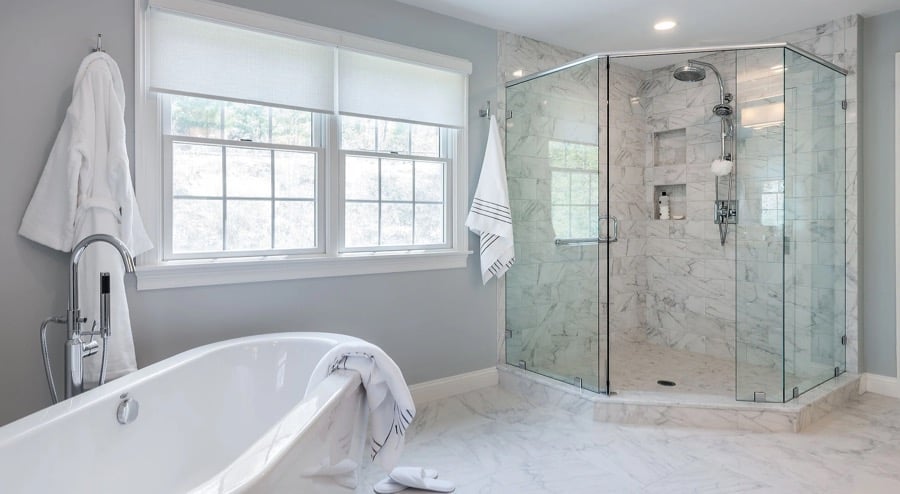
Working with contractors
Regardless of the size and scope of your renovation project, there is a single, foundational, fundamental characteristic you should look for in a contractor: process. This is the structured, documented, step-by-step methodology they use to research, develop, present, and execute a project plan.
Successful, reliable contractors have a proven process they employ for every project they undertake. At Mitchell Construction Group, our process is designed to enable us to obtain all the information we need from the homeowner so we fully understand how they envision their project, their goals for it, and what will enable them to consider it a success. This, in turn, enables us to act as a trusted advisor to our clients, providing them with an appropriate design and project scope that meets their budgetary needs and time frame.
There is no shortcut in planning a home remodeling project. It takes asking the right questions, doing a lot of active listening, and the ability to put ourselves in our clients’ shoes so that we can truly understand what it is that is driving their project and what they really want to get out of it.
Some of our key tools are questionnaires that help the homeowner to really think about their project and all its elements. Sometimes that can be a cathartic experience, revealing some previously-unrealized aspect, motive, or desire that causes them to rethink or reconsider some portion of their project, usually for the better. Best of all, questionnaires are a great tool to get us all on the same page.
All of this vital information-gathering sets everyone up for success. But what happens if you find yourself working with a contractor who doesn’t bother with using a proven process?
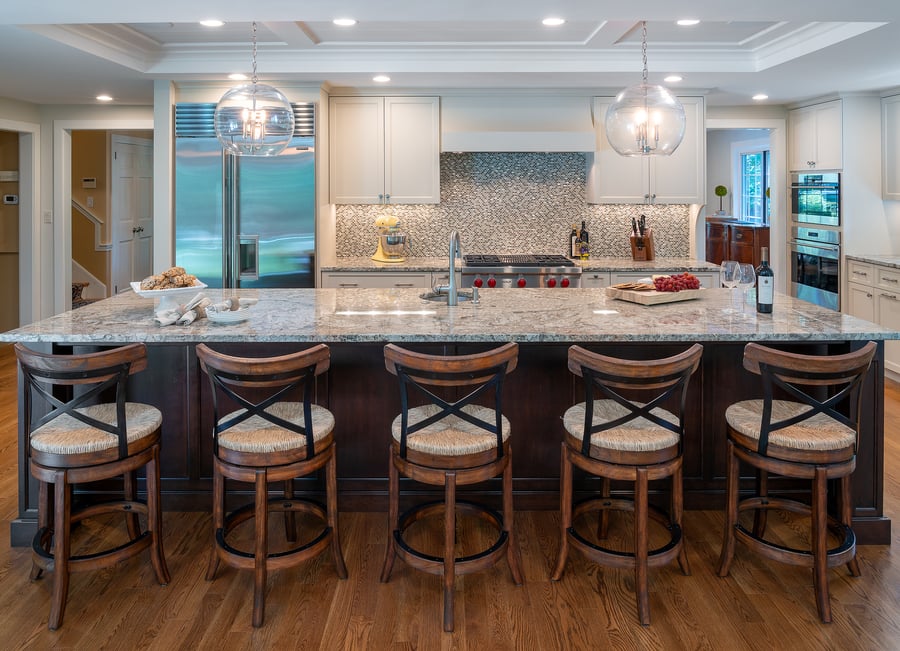
Bad home renovation contractor communication examples
When there is no process for planning and a lack of consideration for details, the groundwork is laid for all sorts of problems.
Here’s a partial Pandora’s list of what could go wrong:
- Unexpected time and cost overruns because nothing was spelled out at the beginning
- Misunderstood materials allowances because the contractor was not clear on what the estimate was based on
- Increased anxiety because the homeowner is unsure of what they should be looking at and when, leading to delays and further misunderstandings
- Disrupted schedules because the contractor didn’t bother to check when the homeowner would be home and when it would be convenient or even safe to perform certain tasks
Without a detailed and clearly-defined scope-of-work, you run the considerable risk of spending more, losing more time, and not getting the products or results you were expecting.
Good communication is crucial throughout production
As the saying goes, “the devil is in the details.” The root of all poor communication almost always lies in a lack of details and clear language. Good communication starts at the beginning of the project, when a schedule should be set-up for regular communications, usually on a weekly basis. These regular check-ins should include a review of recent project accomplishments and upcoming tasks to be performed. The project manager (and there should be a project manager) should be gauging client satisfaction throughout the project using a 1-to-10 scale, 10 being completely satisfied and 1 basically indicating that you wish you’d never met the contractor. A trustworthy, respected builder should always be looking for ways to improve, even when they score an 8 or 9.
Other key elements of good contractor communications include:
1. Communication during the close-out of the home renovation
Just because a project appears to be concluded doesn’t mean that communication should cease. The contractor should ask the homeowner for a punch list of any issues or problems and take care of them right away. A responsible builder will always ensure that the client is 100 percent satisfied and that they are thrilled with the results.
2. Contractor payment communication
Every project should have a payment schedule tied to milestones in the work schedule so you know when payments are due and avoid unpleasant surprises. It also reminds the contractor to complete scheduled tasks on time so they can get paid.
Ensuring great renovation contractor communication
There is not a single project that is going to be 100 percent problem-free. That’s just the reality of any project with lots of parts, products, and tasks – somewhere along the line something is bound to go awry in some way.
However, the risk can be substantially reduced when you choose to partner with someone who has your best interests in mind, ahead of theirs. Someone willing and eager to build a solid, long-lasting relationship because they know that’s good for all parties involved. A happy homeowner will spread the good word about an outstanding contractor and a builder who puts a client first will have a client for life.
Good solutions come from good communications. When you find a contractor with a proven process for completing successful home renovation projects, chances are better than good that your project will be completed to your satisfaction, too.
To learn more about the home renovation process, please read our eBook, “The Homeowner’s Guide to Creating the Dream Home You’ll Love.” And if you are ready to speak about your next renovation, please schedule a home renovation discovery session.


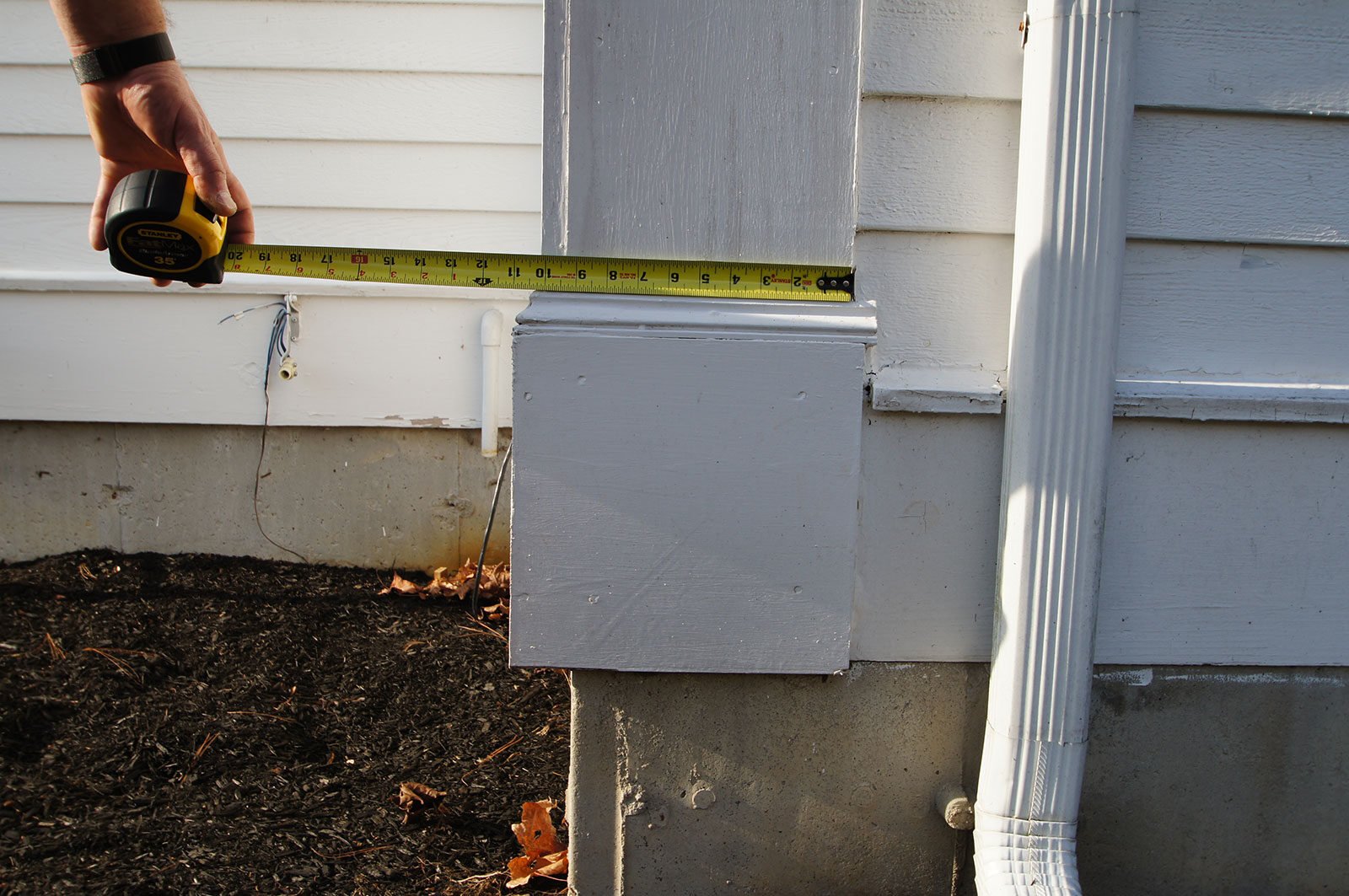



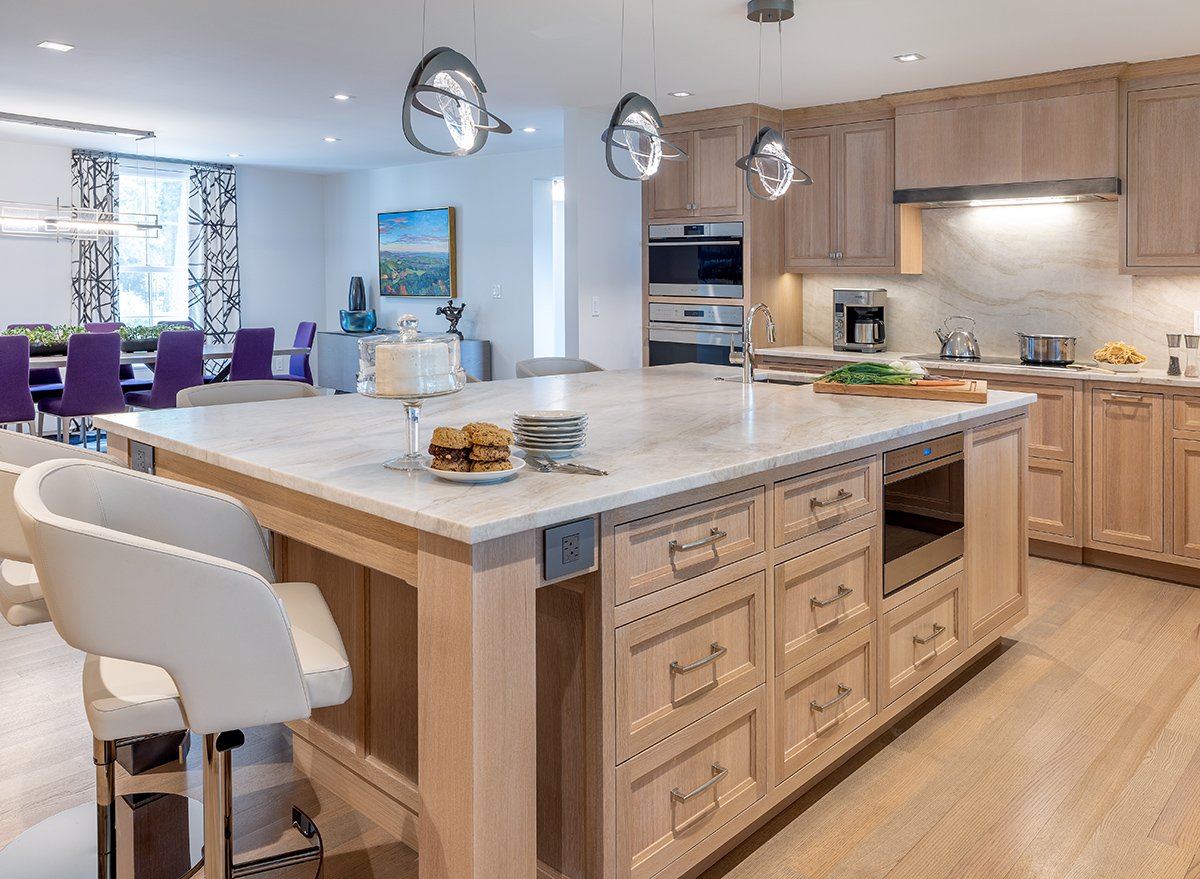





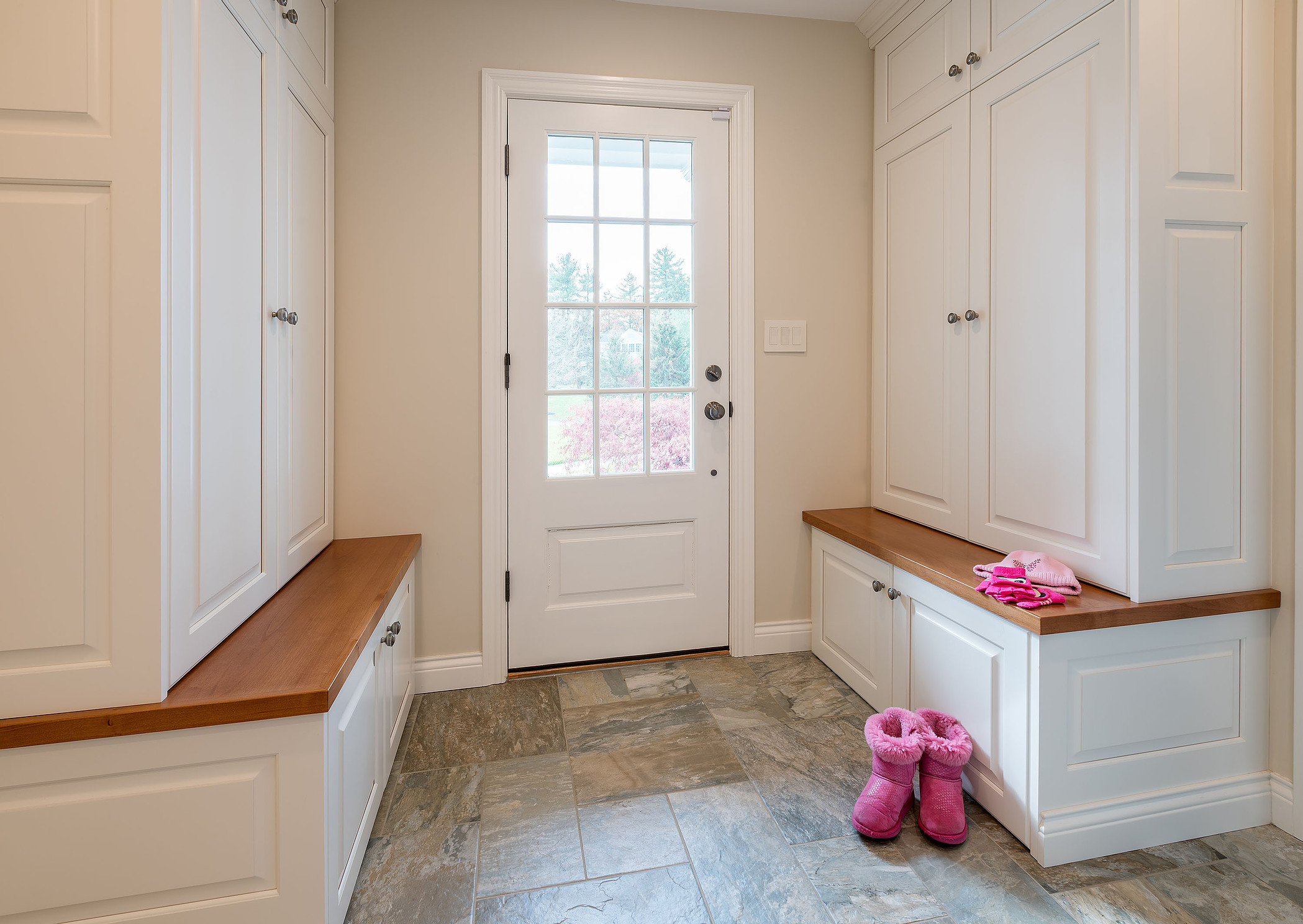
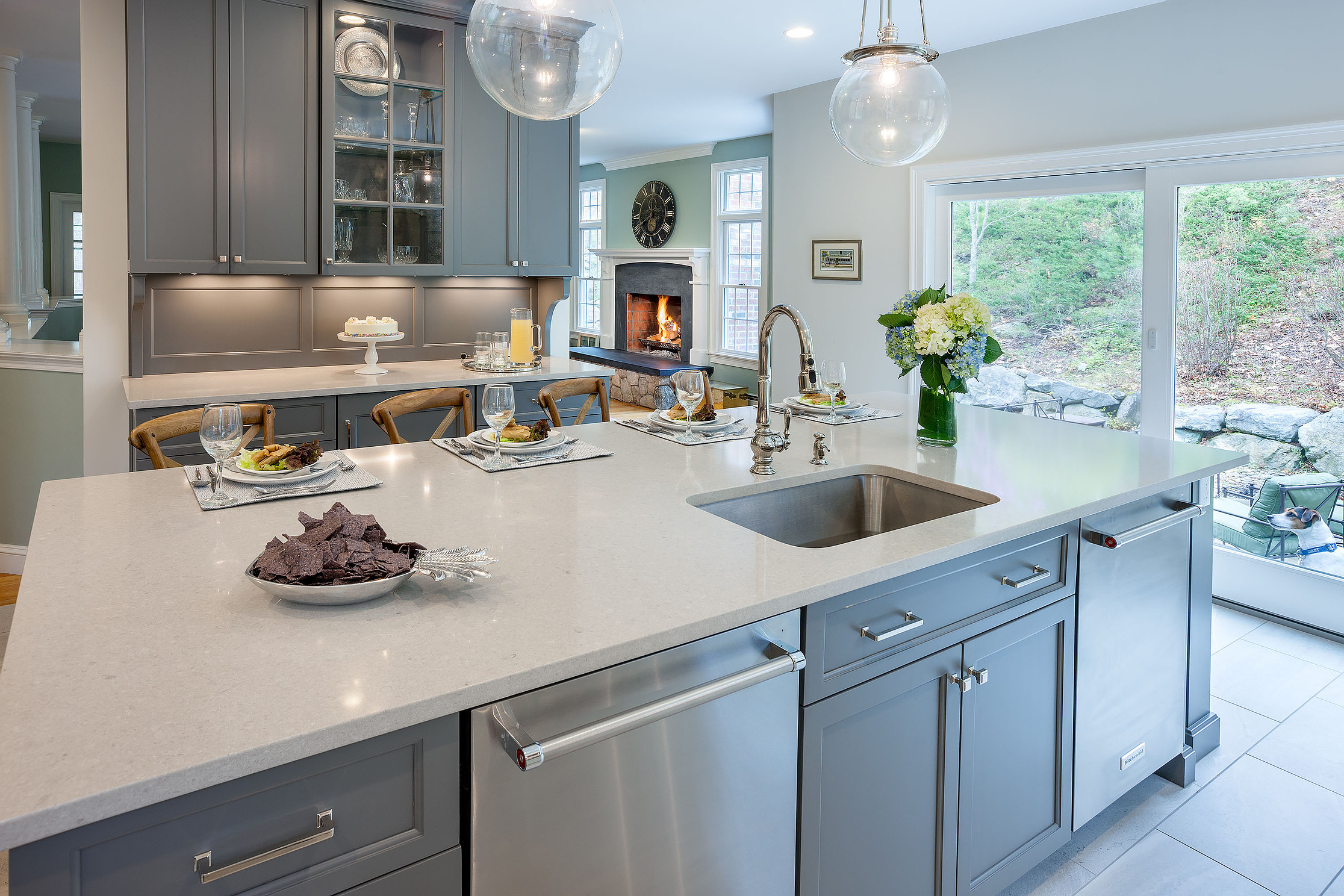
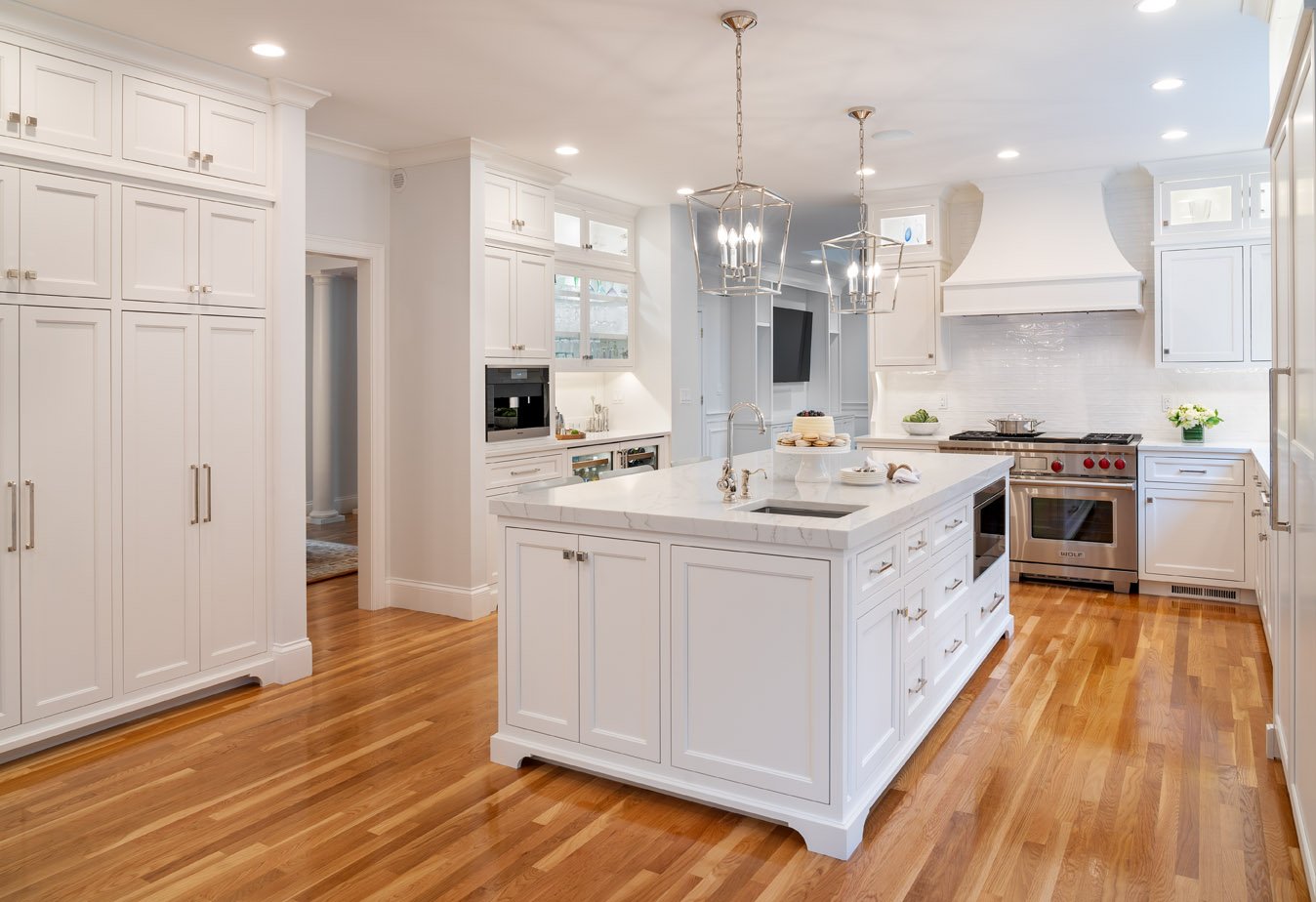


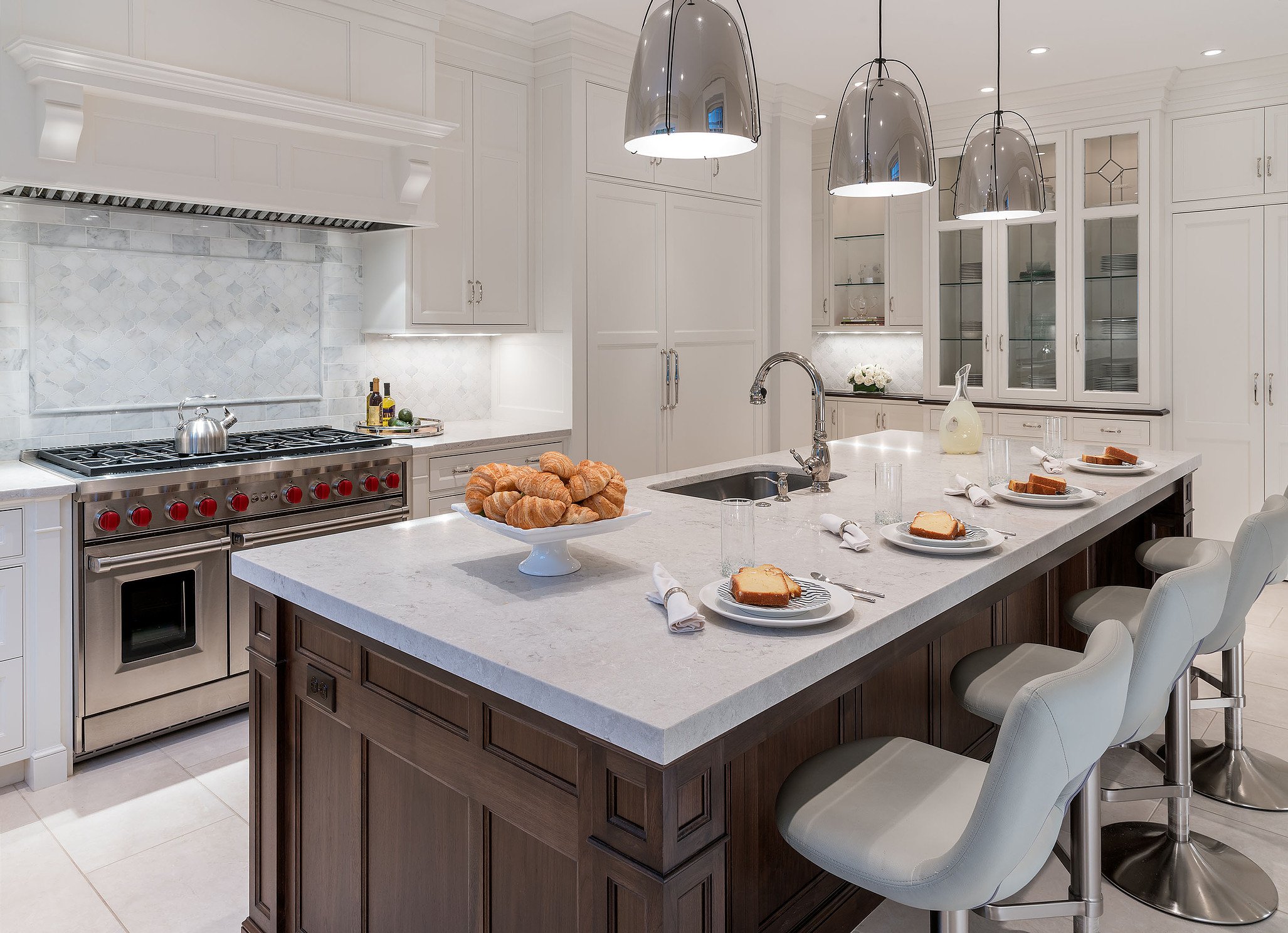
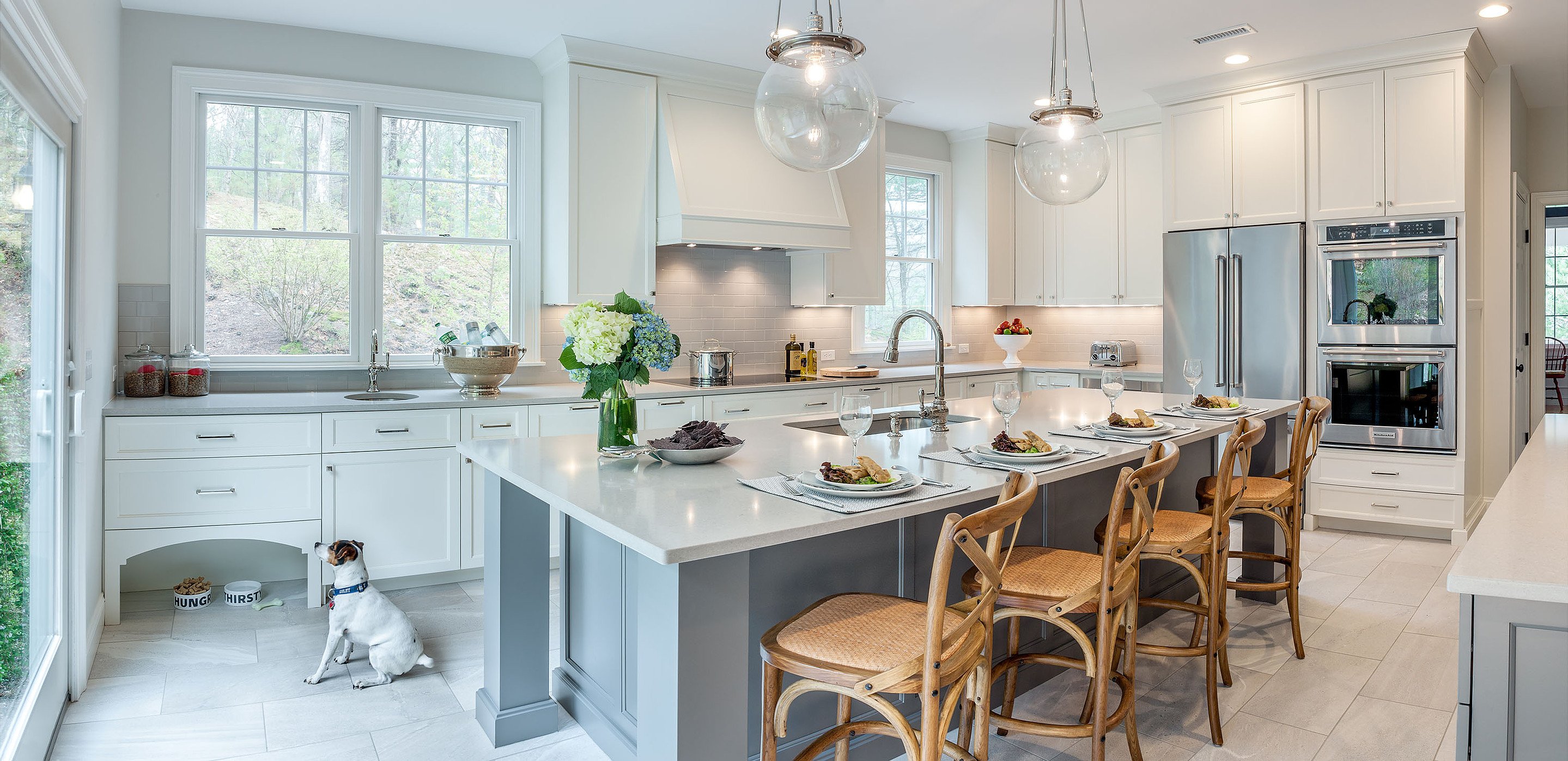
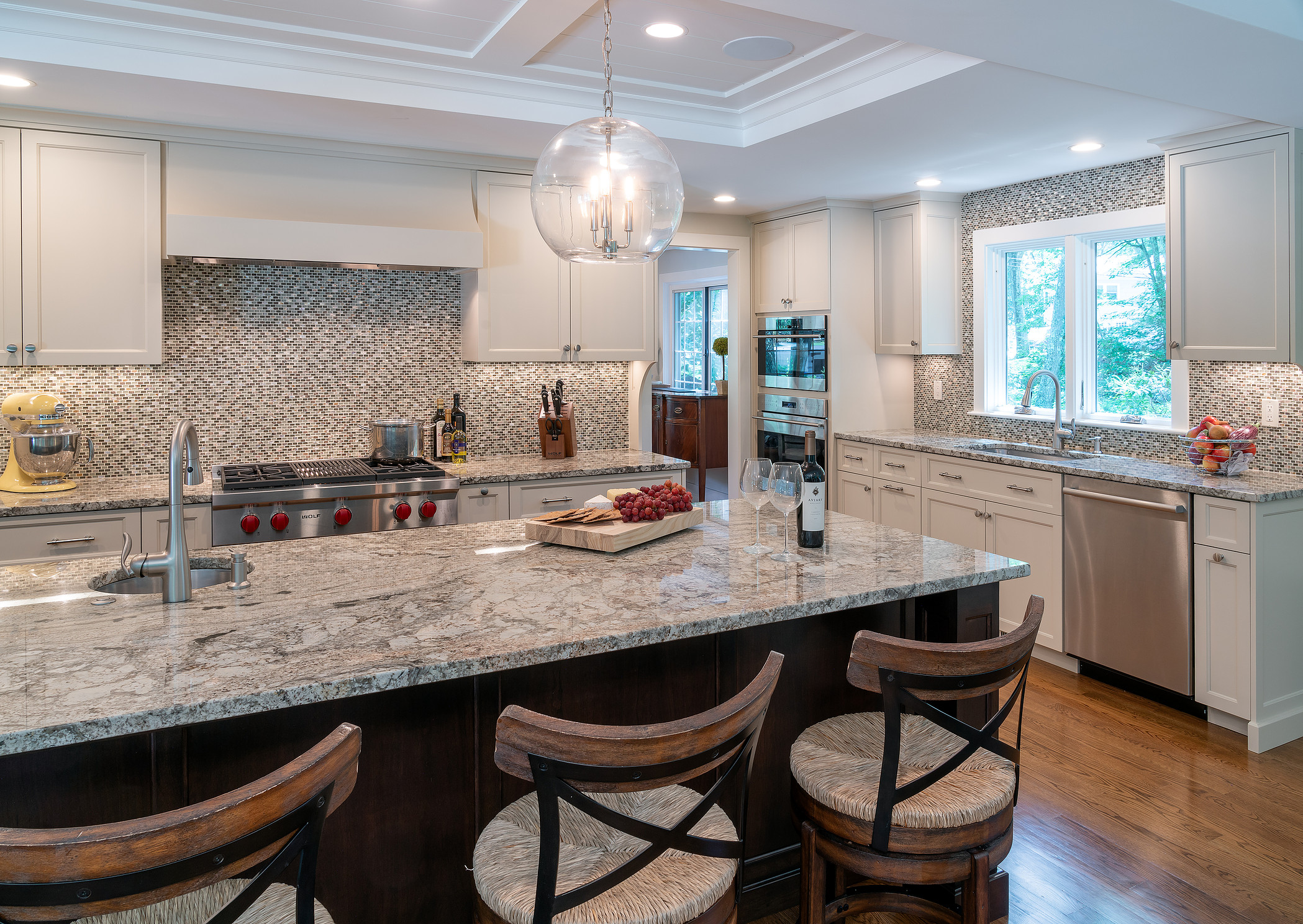



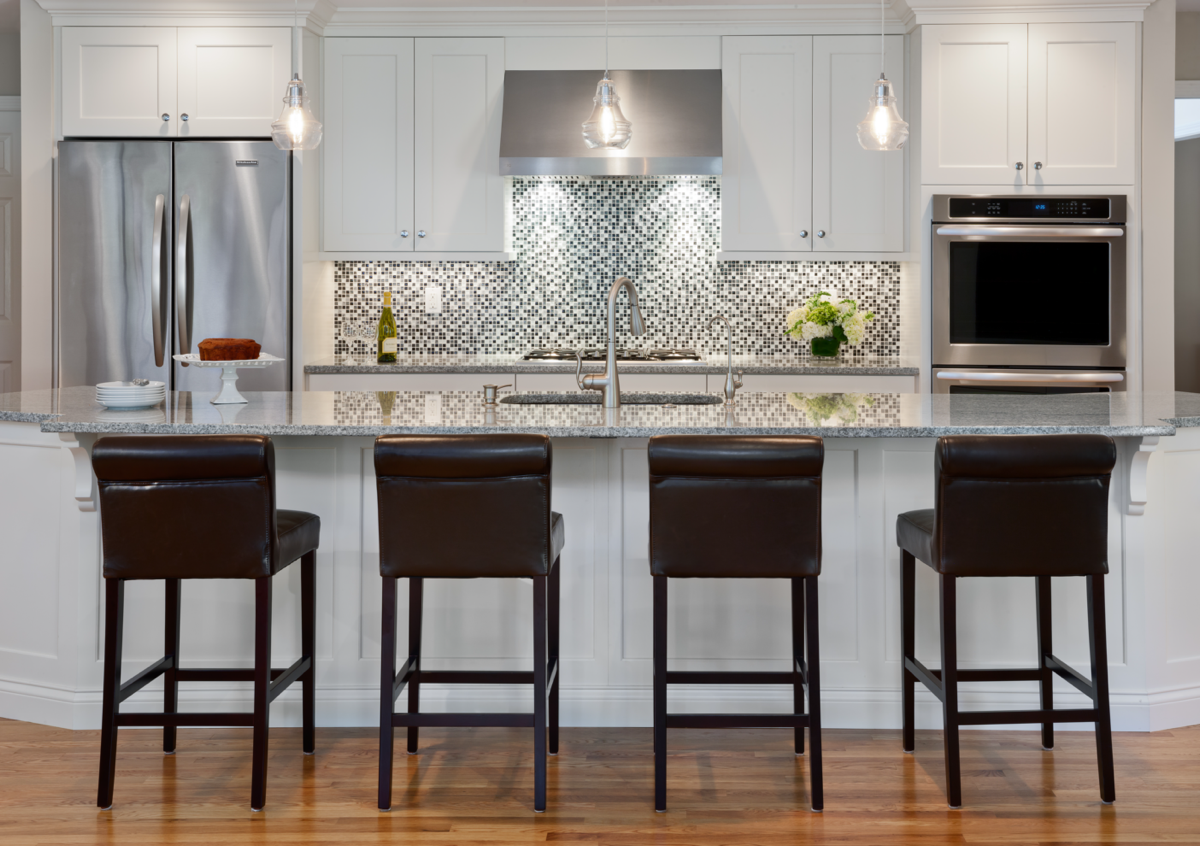


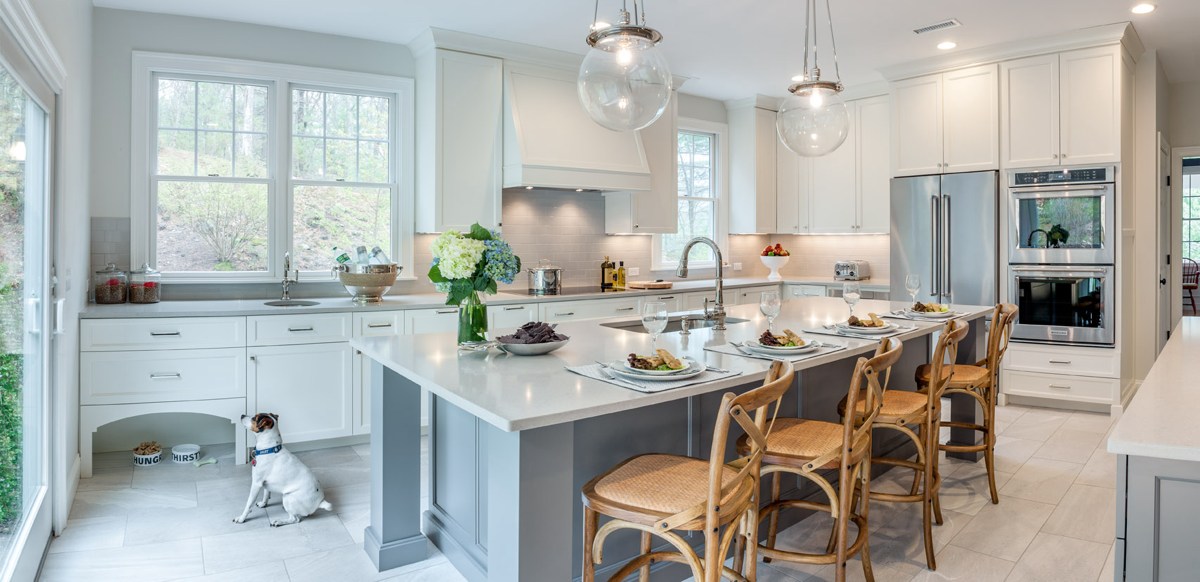
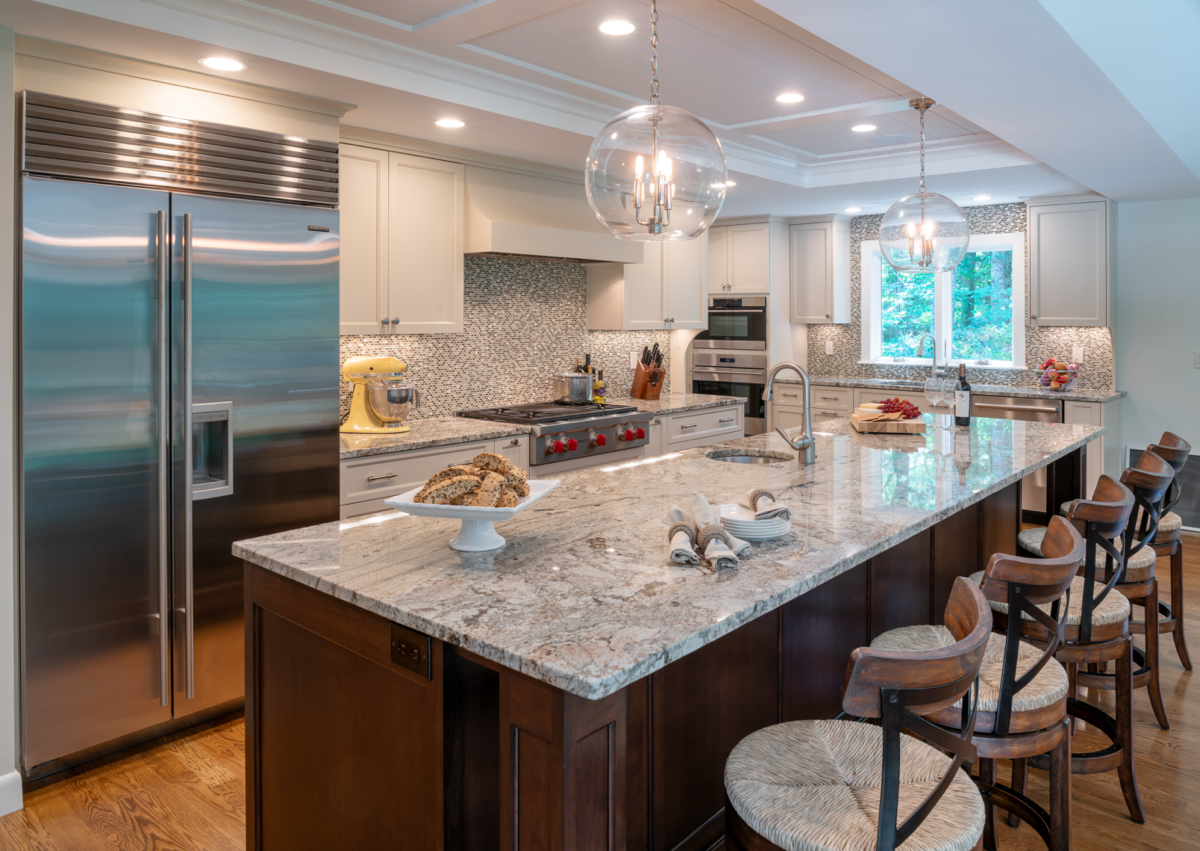
Leave a comment